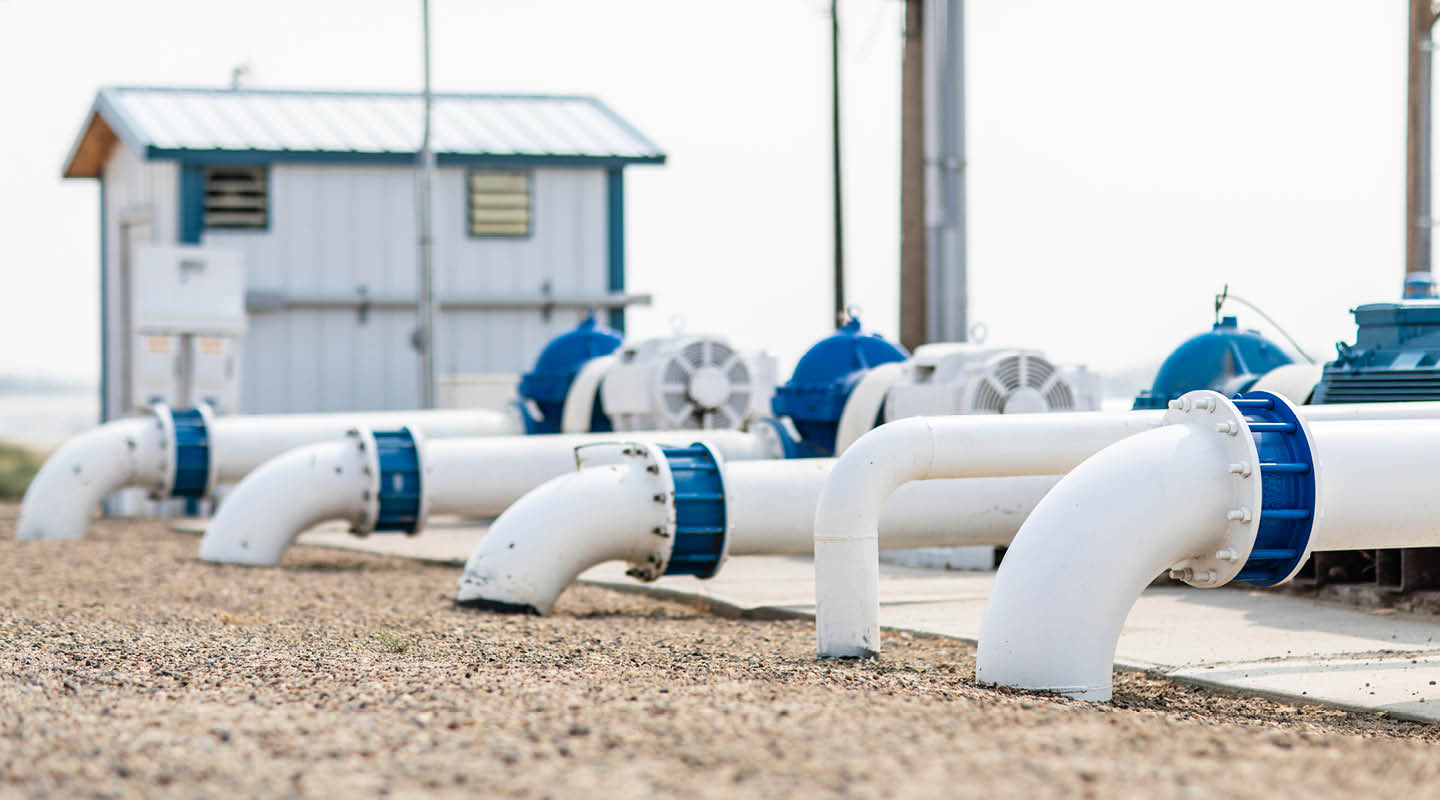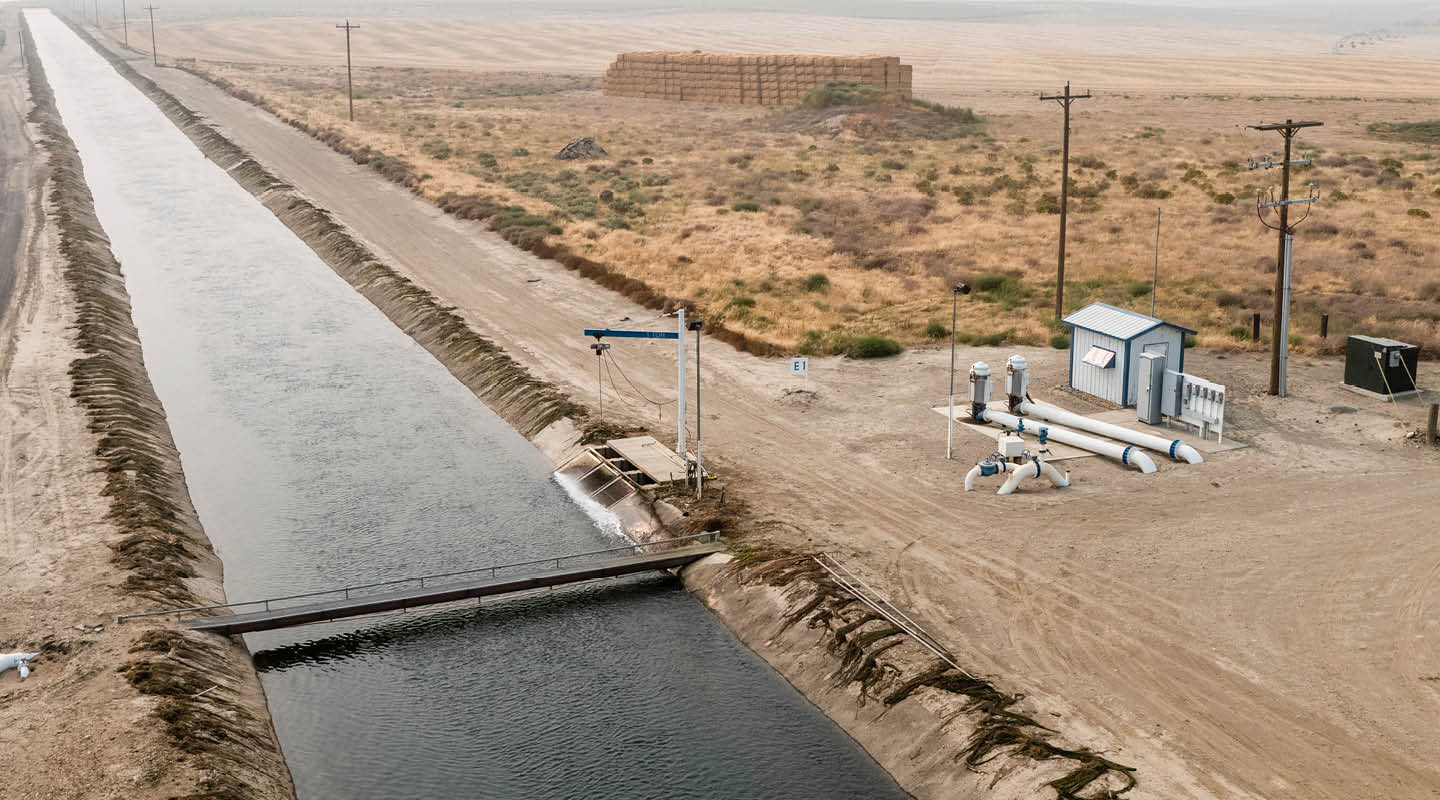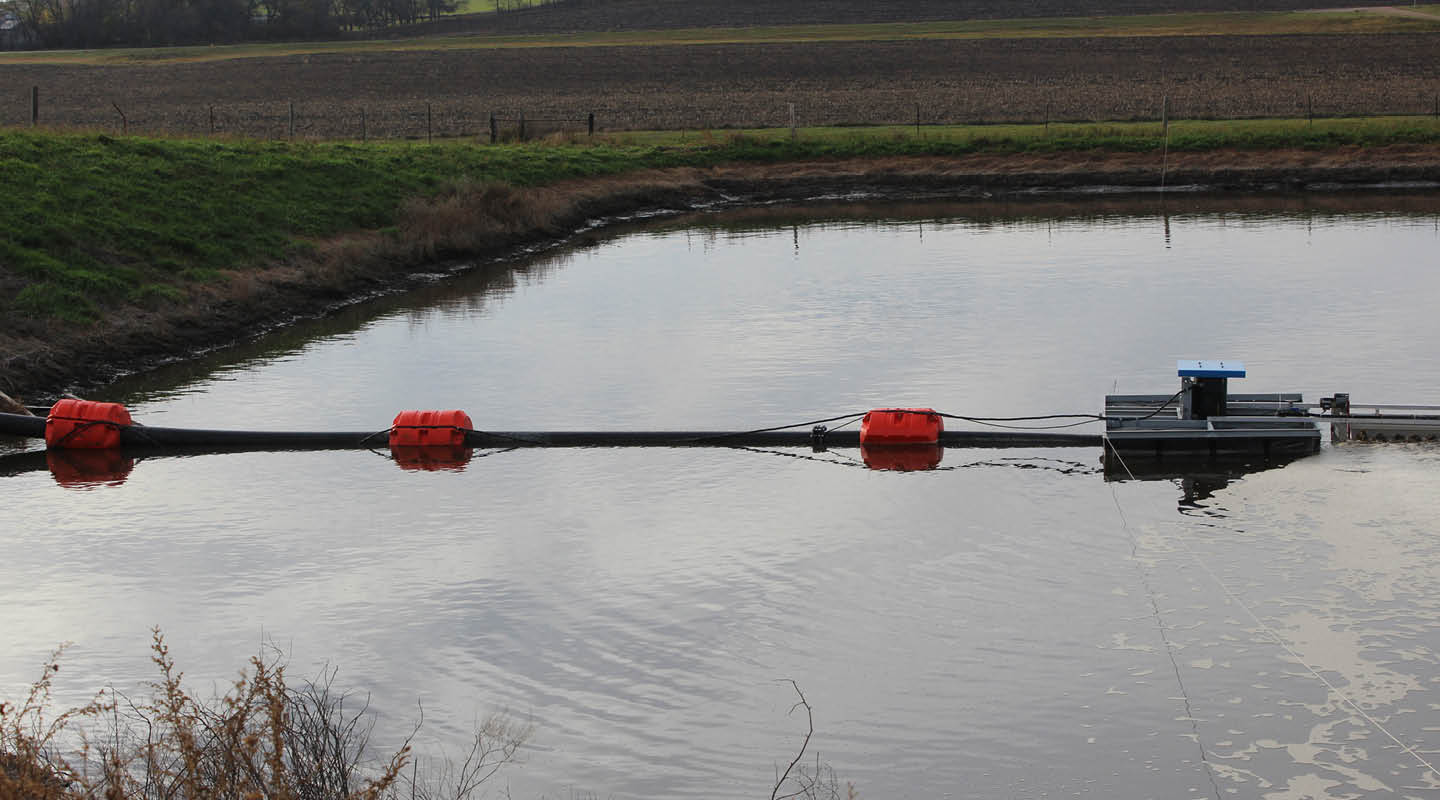If you have been around irrigation and pumping stations, you probably are aware that things don’t always go as planned. Below are some common problems seen in irrigation pumping and design that should be considered to minimize potential future problems.
1. Lack of supply water
A lack of water can be caused by a number of different factors. An irrigation pump that starves for water can cavitate, which can significantly shorten the life of the pump. Most of the time, it is because there is a problem with a partially plugged strainer at the water source. For example, plastic sacks have an unbelievable ability to wrap around an intake strainer and plug it completely. Frogs (or fish or …), sediment, weeds and debris can also plug up the intake strainers.
It is important to design the strainer so that the velocity of water entering the strainer is low. This allows debris to float beyond the strainer rather than get sucked into it.
Other factors can also lead to low water supply:
• Sometimes the water supply in the pond or creek is low enough that the pump’s intake system is not able to deliver it to the pump.
• The water level in wells can drop while pumping and cause the pump to starve for water.
• Lastly, booster pumps can starve for water if there is an issue in the pipeline.
 The water management experts at Valley® Irrigation can help you avoid all of these common pumping problems.
The water management experts at Valley® Irrigation can help you avoid all of these common pumping problems.
2. Lack of adequate power
Irrigation systems are often located at the end of the power grid. The pumps supplying water to the pivots are the largest power draw in the irrigation system, so the pumps are the first to suffer if there is a power problem. If the power grid is soft, then the voltage will drop when a load is applied. As voltage drops, the amp draw on the system will increase. This condition can perpetuate until the system faults for low voltage. These conditions can also cause motor failures due to excessive heat produced in the motor.
3. Dirty water
Water can be contaminated in a number of ways. As mentioned earlier, large particles can plug intake strainers. Small particles such as silt and sand are very difficult and costly to filter out, and are very abrasive. These small particles can significantly shorten the life of the pump and valves. The water can also have chemical contaminants or PH problems that can be damaging to pump materials and seals. The pump designer needs to understand the water quality very well before specifying the pump materials.
 From VFDs to automation, Valley can help with reliable, efficient pumping solutions.
From VFDs to automation, Valley can help with reliable, efficient pumping solutions.
4. Poor system design
Some pumping systems are plagued with problems from the day they were commissioned because of poor design. The market is full of various pump designs and configurations that all have a very specific purpose. One pump can work perfectly in one application, and fail miserably in another application. The controls and instrumentation are equally as important in the success of any pumping system. Every component needs to work in harmony with every other component to provide a smooth pipeline fill without water hammer, and then to maintain a constant pressure under changing flow conditions as pivots turn on and off..
5. Priming
There are a lot of suction lift applications in irrigation systems. Some regions rely on surface water, and some regions use wells as a water source. For the regions that have surface water, a horizontal pump with a suction lift is a common sight. Tiny leaks in the supply pipe, leaks in fittings, intakes that can draw air when the water is rough, or dropping water levels can cause a pump to lose its prime.
Faulty foot valves allow pumps to lose their prime between operating cycles. Priming devices can include hand pumps, electric pumps to fill the supply pipe with water, and vacuum pumps. Suction lift applications are a cost-effective way to install a pump initially (lower construction costs), but often require more maintenance to keep them running. Valley Irrigation has had recent success with submersible pumps and floating pumps that do not require priming.
 Valley has pumping solutions to fit your needs. Get the water from wherever it is to wherever you need it.
Valley has pumping solutions to fit your needs. Get the water from wherever it is to wherever you need it.
This is only a short list of the common problems that we see. When looking at investing in new irrigation equipment, be sure to keep these in mind and rely on trusted experts like your local Valley dealer to ensure you will receive a quality irrigation pumping system that isn’t plagued by problem after problem.